Part 2 - Open Core Mesh
For the same infill settings as the closed core, the insole is softer and is much quicker to print and uses less filament. A firmer print can be achieved by increasing the density of the infill.
Types of Infill
There are lots of different types of infill in various slicer packages so go forth and experiment, even MakerWare has Sharkfill and Catfill
Rotational Angle Increment Infill
It's another option to look out for.
Fancy a Bit of Colour?
In the next article I will be writing about "Variable Density Meshes" and how to programme for these zones in Slic3r.
The disclaimer here is that I am only providing information, this is not medically certified and is not designed to be such, but hey in many parts of the world, people walk round on planks of wood or old car tyres so everything is builder beware. Go forth and MAKE!!!

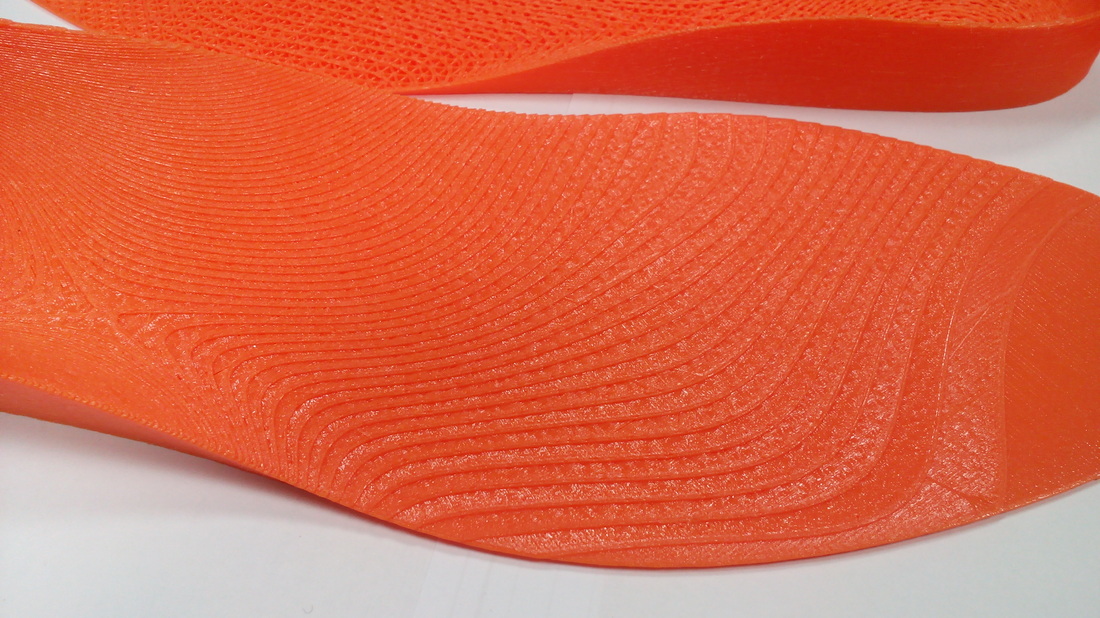
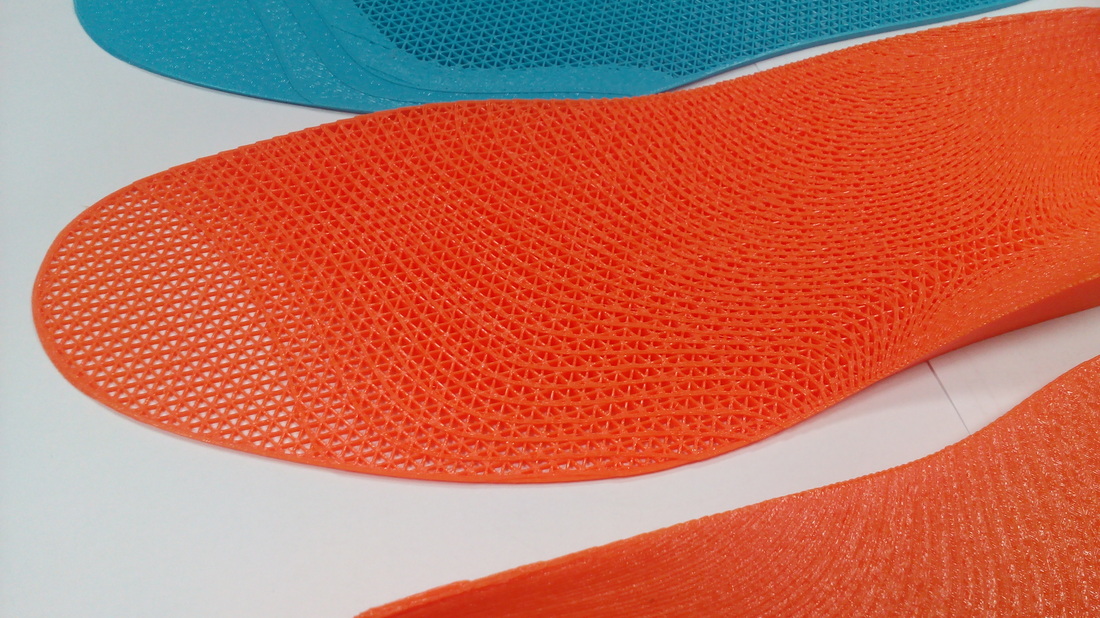
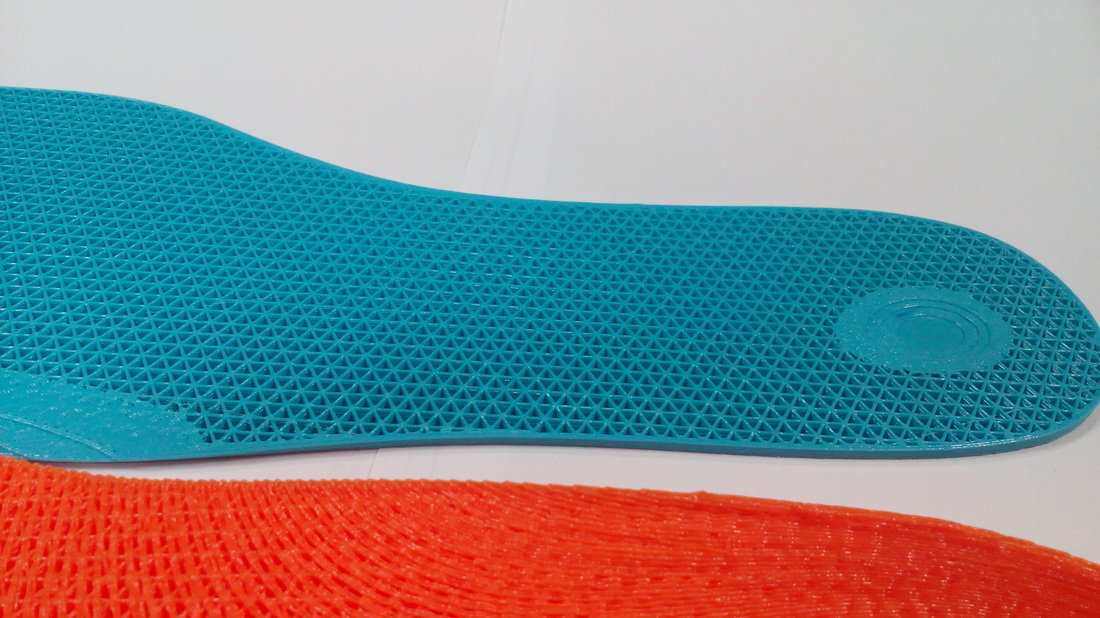
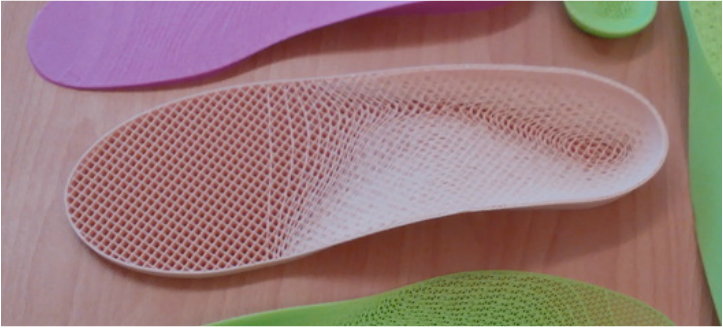
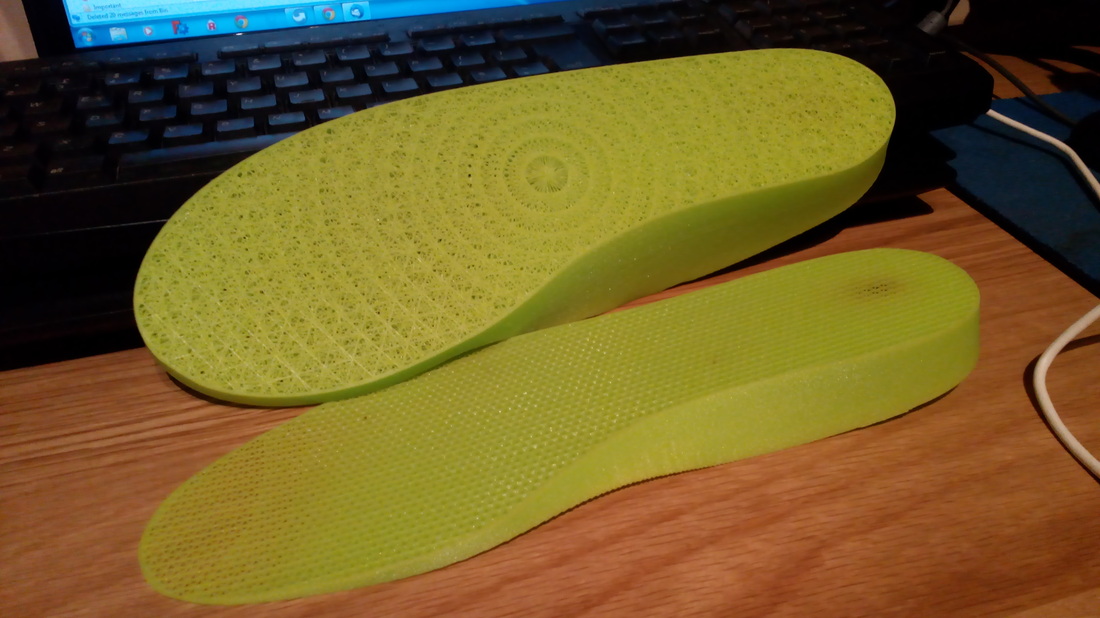
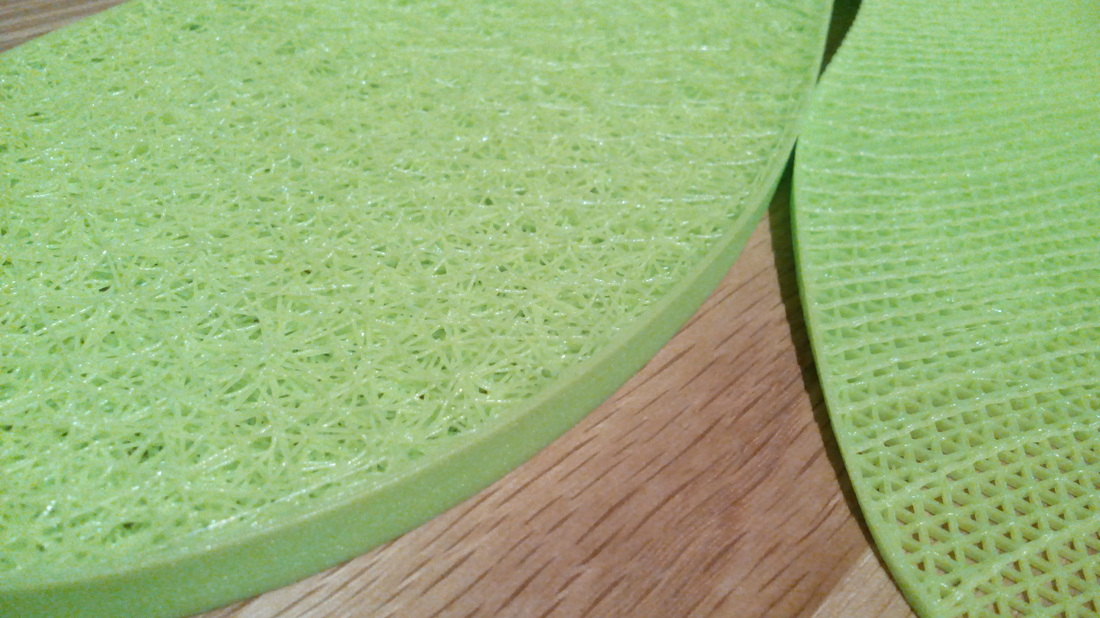
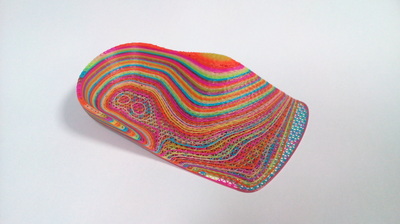
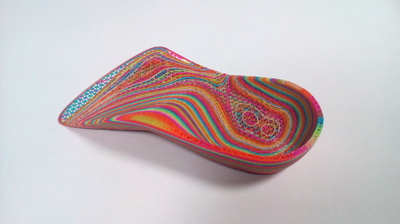
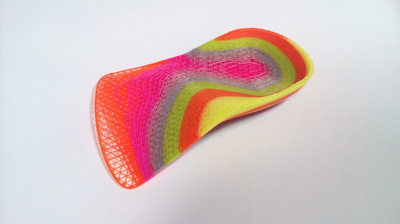
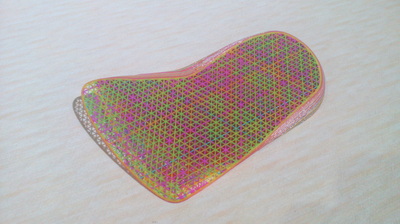
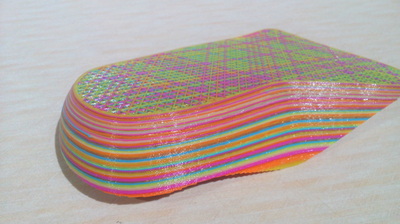
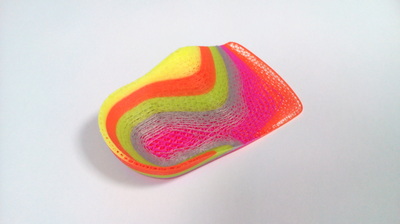
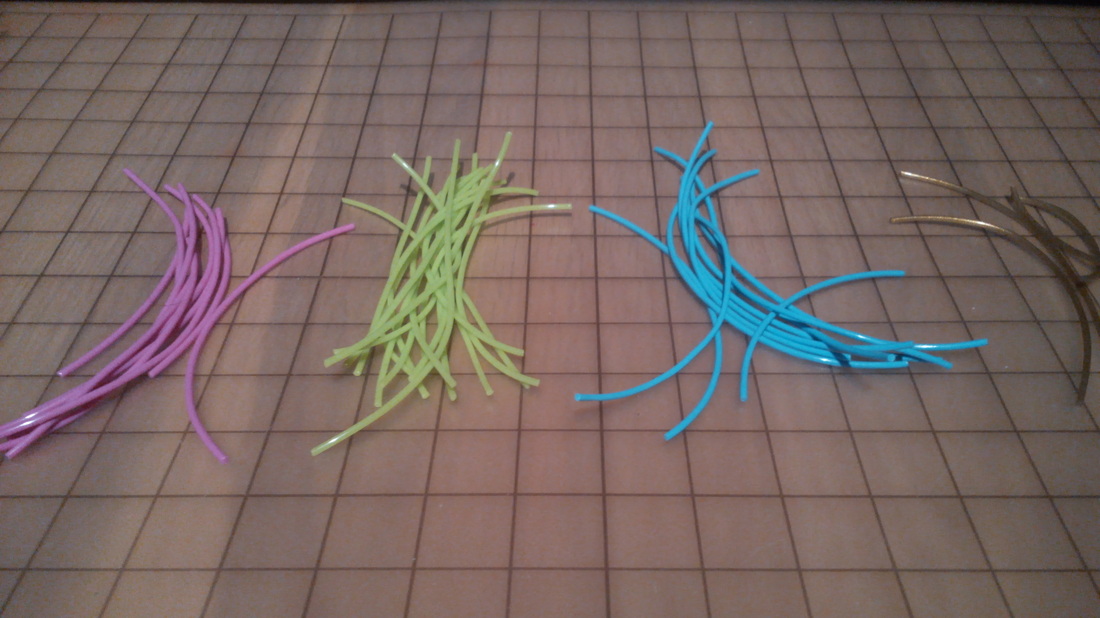
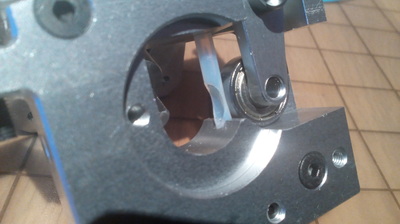
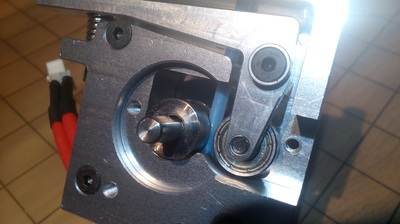
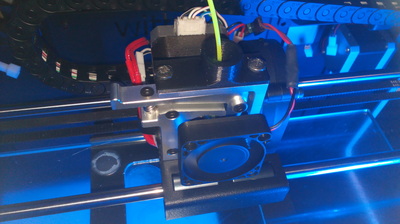
 RSS Feed
RSS Feed
